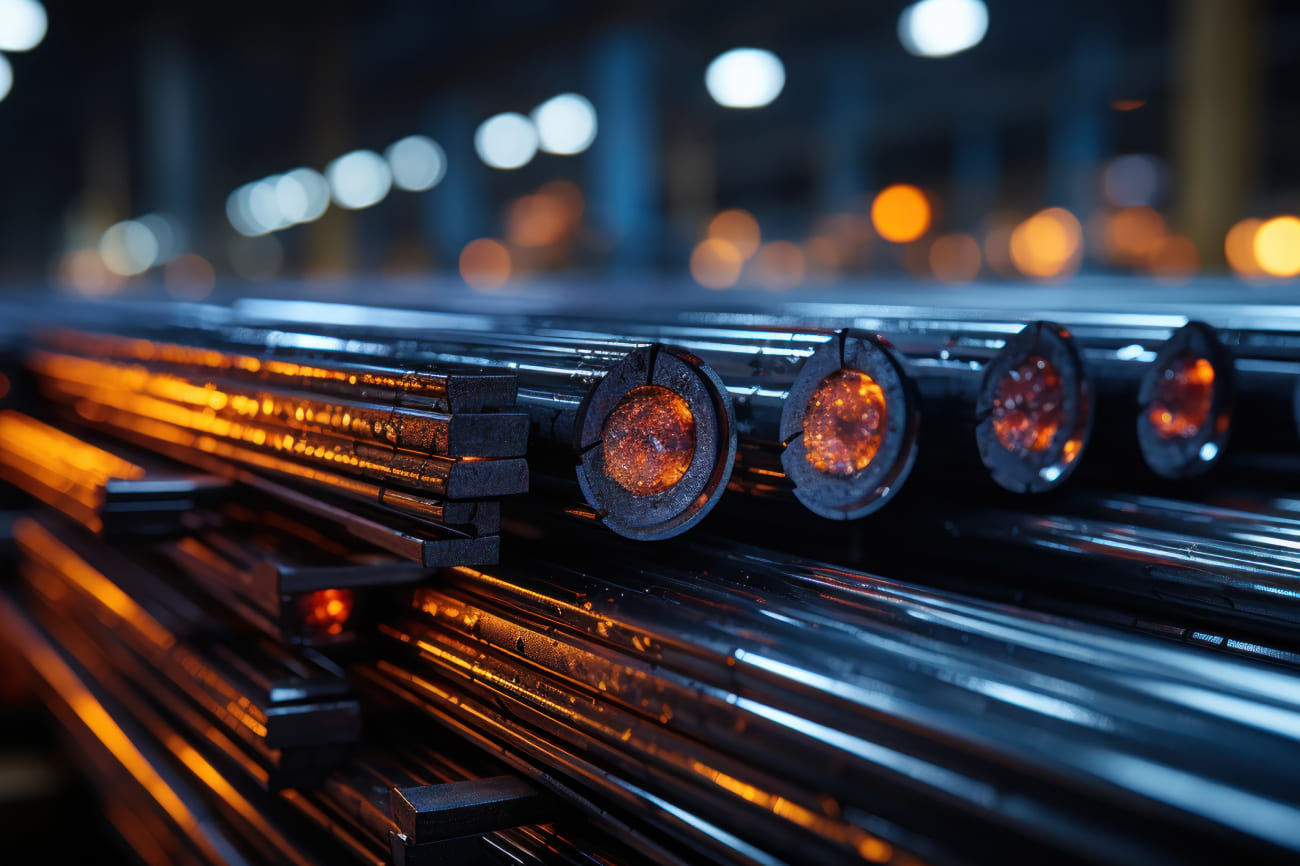
The Journey of Steel Supply: From Ancient Alloys to Modern Innovations
The history of steel is as intricate and robust as the material itself. It spans thousands of years and reflects the technological advancements of human civilization. From the early use of primitive alloys to the development of modern steel-making processes, the journey of steel supply has been a testament to human ingenuity and perseverance.
In this blog, we will explore the evolution of steel and its significance in shaping the world today.
-
Ancient Beginnings
Steel's roots can be traced back to ancient civilizations, where early metallurgists experimented with iron and carbon to create stronger tools and weapons. The Hittites are often credited with developing some of the earliest known steel forms around 1800 BCE. These early alloys marked a significant advancement over bronze, offering superior durability and cutting-edge performance.
-
Progress Through the Ages
The methods for producing steel evolved considerably over the centuries. During the Middle Ages, blacksmiths refined their techniques, improving quality and consistency. The renowned Damascus steel, known for its distinctive patterns and unrivaled strength, emerged during this period and dominated sword-making for centuries.
-
The Industrial Revolution
The Industrial Revolution in the 18th and 19th centuries marked a pivotal moment in steel production. The introduction of the Bessemer process revolutionized the industry by enabling mass production of steel, drastically reducing costs and making it accessible for various applications. This era saw steel become the backbone of infrastructure, from railways to skyscrapers.
-
20th Century Innovations
The 20th century has marked significant progress with the development of innovative steel types and improved production techniques. Stainless steel, discovered in the early 1900s, offered unparalleled resistance to corrosion, expanding steel's utility into new domains such as healthcare and kitchenware. Meanwhile, the advent of electric arc furnaces allowed for more efficient scrap steel recycling, fostering a more sustainable industry.
-
21st Century and Beyond
In the 21st century, the steel industry continues to innovate in response to environmental and economic challenges. Integrating digital technologies into manufacturing processes has enhanced precision and efficiency, leading to the concept of Smart Steel. Advanced alloys tailored for specific applications, such as high-strength lightweight steels for automotive industries, are continually being developed.
Furthermore, the focus on sustainability has pushed the industry towards greener practices. Initiatives to reduce carbon emissions and energy consumption are pivotal as steelmakers strive to balance production demands with environmental responsibilities.
The future of steel supply holds great promise as the industry adapts to modern demands and challenges. With advancements in digital technologies and a renewed focus on sustainability, steel production is entering an era of unprecedented innovation. These developments enhance efficiency and align with global efforts to create a more sustainable and eco-conscious economy. Thus, the steel industry is ready to bend without breaking under pressure.
